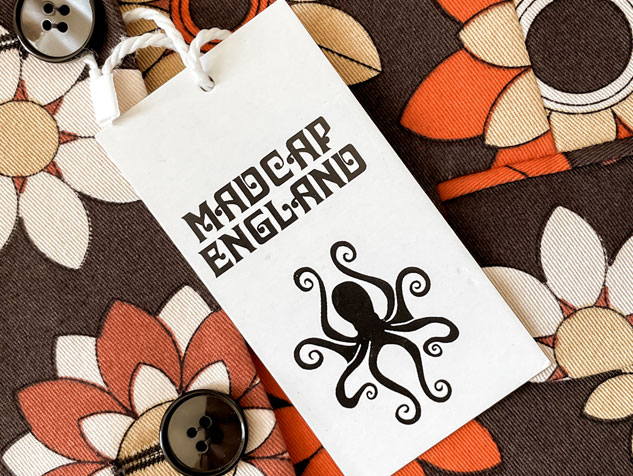At Madcap England, we are committed to being as sustainable and environmentally conscious as possible and wanted to let you know what steps we are taking to become a more eco-conscious brand.
As a retro and vintage inspired brand, we aim to design and make garments which will be future vintage pieces (with a little TLC and proper care!) - the antithesis to fast fashion. Everything we make is intended to be worn season after season - they are classic designs which stand the test of time. We are a family owned business and we work closely with our manufacturing partners (also family owned businesses) to produce new, unique styles in very small quantities. Due to this way of working we don't have set Spring/Summer and Autumn/Winter collections - rather new things are arriving all the time.
You probably won’t see our garments on your local high street - Madcap England is only available directly through our own websites and via a very small number of selected boutique stockists worldwide. We limit our production runs to minimise the chances of our clothing ending up in landfill. We're learning and improving as we go along and hope this page will give you some info about the progress we're making and what we're doing next.





